This note is not strictly after closure because Cameron MacMaster (Cameron knows the plants, especially the bulbs, of the E Cape intimately and was instrumental in the re-location of H. marumiana many years ago.) sent me a picture (Fig.1) of a Haworthia from Glen Avon Falls east of Somerset East some time ago and this has been a lure to me ever since I saw vdW287(PRE). It should be noted that this specimen is cited, I must note a sentiment of considerable reservation which was not conveyed by the rigidity of print, in Haworthia Revisited (p.67) under H. decipiens var minor… “3225 (Somerset East): in valley behind Bosberg (-DA), van der Westhuizen 287 (PRE).” I have visited the Bosberg in a weak attempt to locate such a plant after a fruitless attempt to determine who and where the collector was and is. The area is intimidating in its vastness as are so many of the hills and mountains of the Cape and with so much still to explore, this area has not been a priority. In fact I have just recognized that while I wrote Revisited in response to pressure, my subsequent exploration has been to seek validation for my own comfort rather than to try and impress anyone. This recent visit to the Bosberg is only because an odd opportunity arose for me to revisit my friends (Ian and Sandi Ritchie) on Kaboega, coupled with interest from a distant botanist acquaintance in Prof. Richard Cowling. Prof. Cowlingis one of those rare botanists from whom I have really learned something to think about rather than just to remember. I had contacted him because in my correspondence with Jan Vlok about the vegetation of the Mossel Bay area, he had copied responses to Prof. Cowling. The outcome was that I was introduced to Dr Syd Ramdhani who is now contracted under Cowling to study the biogeography of Bulbine as a post-doctoral task. Dr Ramdhani studied Kniphofia and works in the molecular-biology laboratory of Rhodes University managed by Dr Nigel Barker. Dr Ramdhani is now also tasked and occupied with a feasibility study of Haworthia as a target group for extended biogeographical research where H. cooperi has been suggested by me as a possible fruitful area of interest. (These botanists have been warned not to be influenced by Bayer!) So I have been aware that the MacMaster plant could signify a replicate of the Kaboega/Helspoort/Plutos Vale/Baviaanskloof/ complexes which suggest that H. cooperi and H. cymbiformis may be one species. My visit to Glen Avon Falls was then added to the familiarization of Dr Ramdhani with Haworthia on Kaboega.
With the kind assistance of Bill and Allison Brown of Glen Avon farm and then Bill Playdon of Glen Craig, we gained access to the waterfall which is now a National Heritage site. The road cannot be described as suitable for anything but a rugged 4X4 but we took it on in our less suited vehicle to save time (cost = 1 tyre!). We found just 5 plants and photographed three (figs. 2, 3 & 4). The terrain is really rugged and I have no doubt that the plants will occur in greater abundance nearby and also in the greater area of the Bosberg – and that such populations will follow the same pattern now so familiar to me and so seemingly strange to so many haworthiophile writers of my acquaintance. The plants call to mind an article that I wrote in conjunction with John Pilbeam (CSJlUS 46:166, 1974) where we ironically considered H. obtusa to be a variant of H. cymbiformis rather than of H. cooperi. The latter species is everywhere about the Bosberg while H. cymbiformis is to my knowledge far further to the south and east at Alicedale.
Returning to Kaboega, we took a brief look at some of the populations recorded and discussed in Haworthia Update Vol.1. Dr Ramdhani left us there and we continued our holiday. We had been intrigued by Ian Ritchie’s discovery of a second population of H. sordida (figs. 5, 6 & 7) and while exploring that took a different route back to the vehicle. On the way we found another population of H. cooperi cf cymbiformis (I will be accused of inconsistency here because I have referred to these variants as graciloid, cf viridis, cymbiformoid if not also by some other name. Figs, 8, 9 & 10). I am not going to try and discuss or describe these plants any further than already done in the literature and because the following considerations come to mind.
A botanist acquaintance is most scornful of my opinions and my solutions for Haworthia and wrote to me…”I believe taxonomy is an explicit, precise discipline governed by certain rules, if they are obeyed, things will fall into place. If they are ignored, you land up in a mess.” This botanist who might well have been raised on Enid Blyton and the famous five, or Bryce Courtenay and Aloe brevifolia in the Barberton hills from Power of One or the BIG tree in The Four Fires, when it comes to secrecy and drama, field botany and field familiarity in particular. The ICBN is no doubt hot-stuff where nomenclature is concerned but pretty damned useless when it comes to what these are used for. If things are going to fall into place it will be because we all make a more concerted effort towards mutual understanding and common purpose.
Secrecy in respect of localities I do sympathize with. The question is if this serves any purpose. My opinion is that, quite apart from the fact that secrecy has no place in science, it does not have any merit. Where secrecy is practiced there can be no organized skepticism and no shared reality or truth. I see it used to obfuscate and obstruct the healthy organization of skepticism by others and possible alternate solutions. There may be a down-side in that unscrupulous individuals may decimate populations or remove valuable genetic material and diversity from the field. The reality is that this is happening all the time at far greater scale than that of a few collectors. If it were not for collectors our knowledge base would have been infinitely smaller and who knows what the negative impact of the dwindling numbers of taxonomists is going to be. My negative view of conservation is that it is a sentiment with its origins in collectors and that it is now functioning to discourage the very interest that gave birth to it.
On our travel home from Kaboega, I kept looking towards the hills and mountains that accompanied us all the way on a 12 hour drive to complete about 1200kilometers. All of those offer suitable habitat and perhaps 2% or a great deal less of the area has been explored with an eye for Haworthia. This brings me finally to a sort of postscript. Russel Scott writes of his encounter with Poellnitzia rubriflora in the Robertson District. What is odd and welcome too no doubt, is that he does not mention the fact that officially the name is Astroloba rubriflora. Over a 6-hour hike he has to suggest that the plants were relatively rare – where he walked of course. His hike could have covered more than 20 miles and perhaps a 20yard wide band – calculated at a total search area of about 2.2% of one sq mile! It is quite common south of the Breede River between Eilandia and just east of Bonnievale and as Russel mentions seeing H. herbacea I conclude that he was thus within the 600sq mile area I would say is its range. Thus even a 6-hour hike along what must be conceded was a narrow band, has not provided a lot of insight into quite a large area. Very little indeed as to what all there is to be seen. Yet I do not think it is possible to be looking specifically in species and succulent-rich habitat in the said search area without seeing H. mirabilis. Russel has exposed a reality that for someone to really become familiar with any plant group in the field is a dedicated life-time. Only a select few South Africans seem to have achieved that and then only in respect of particular interests. In my life-time of plant interest and field experience, I think I am personally only beginning to have an idea of what it means to really know what field familiarity can be.
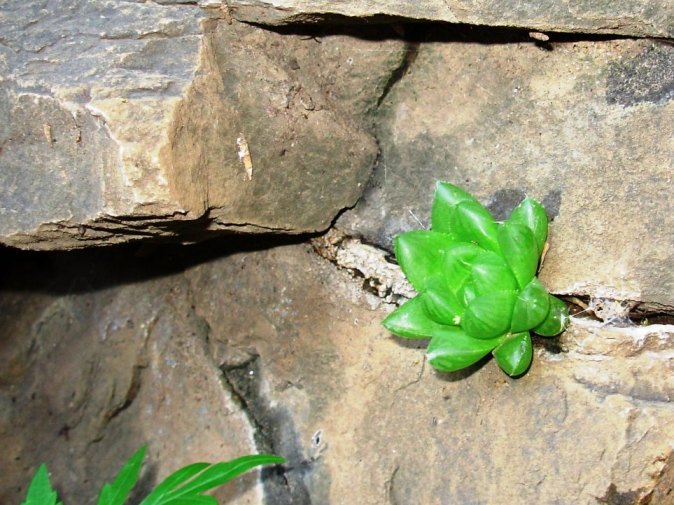
Fig.1. Haworthia sp. Glen Avon Falls, Somerset East 22Jan06 101 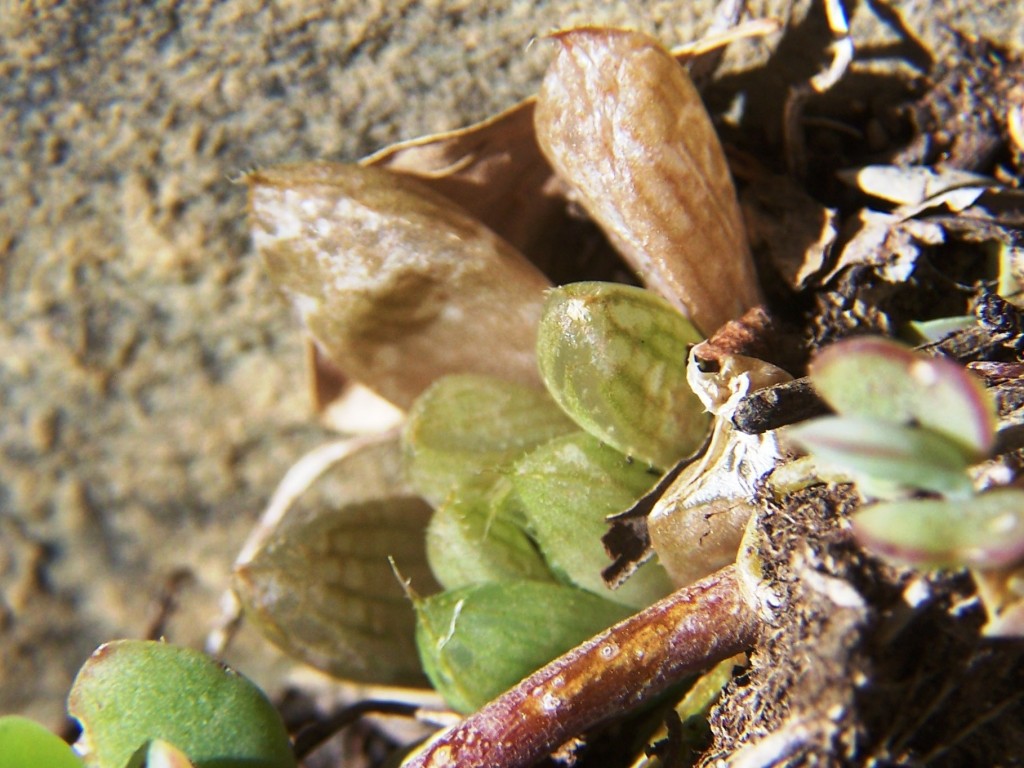
Fig.2a MBB7634.1 H. cooperi cf cymbiformis. Glen Avon Falls. 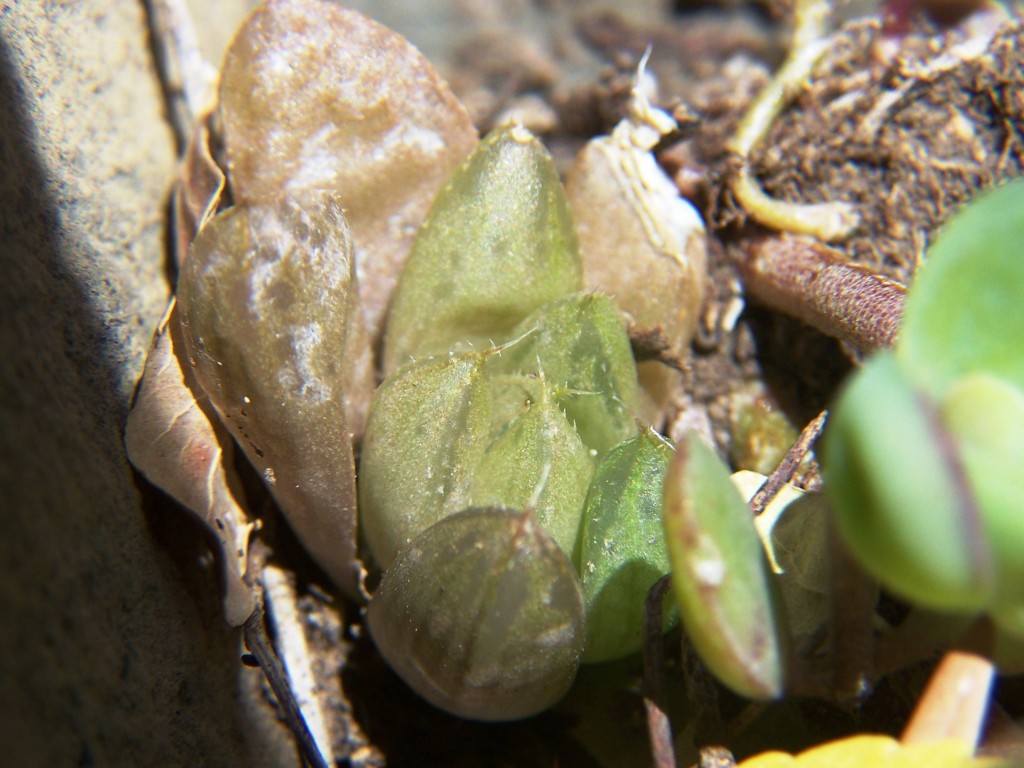
Fig.2b MBB7634.1 H. cooperi cf cymbiformis. Glen Avon Falls. 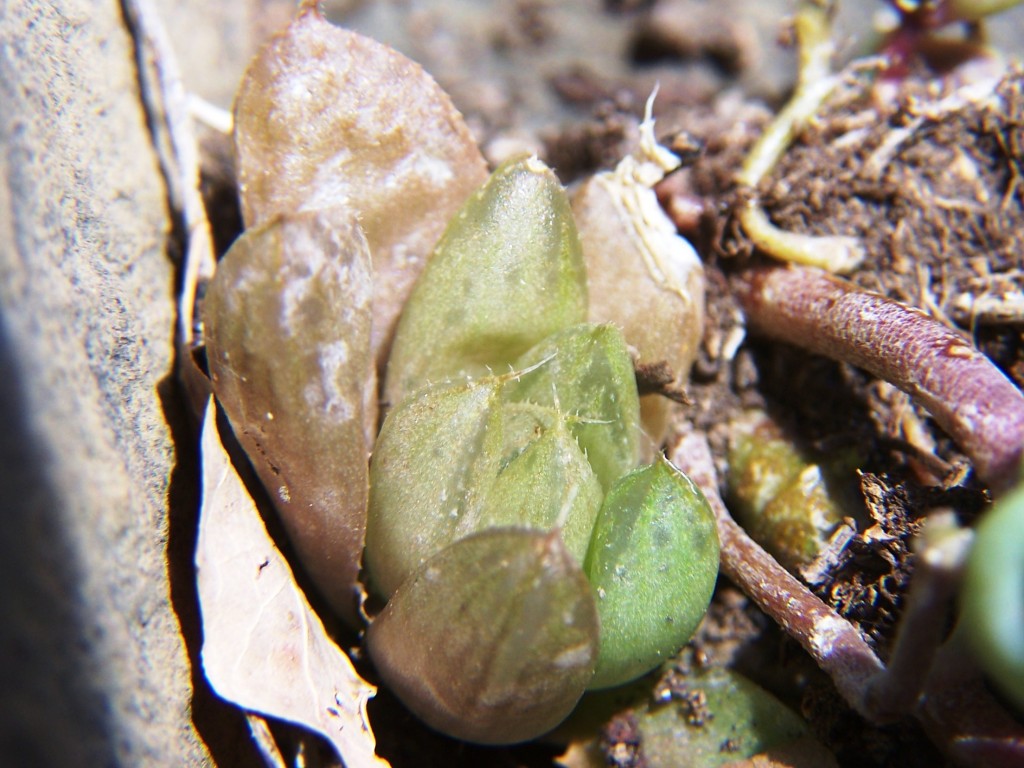
Fig.2c MBB7634.1 H. cooperi cf cymbiformis. Glen Avon Falls. 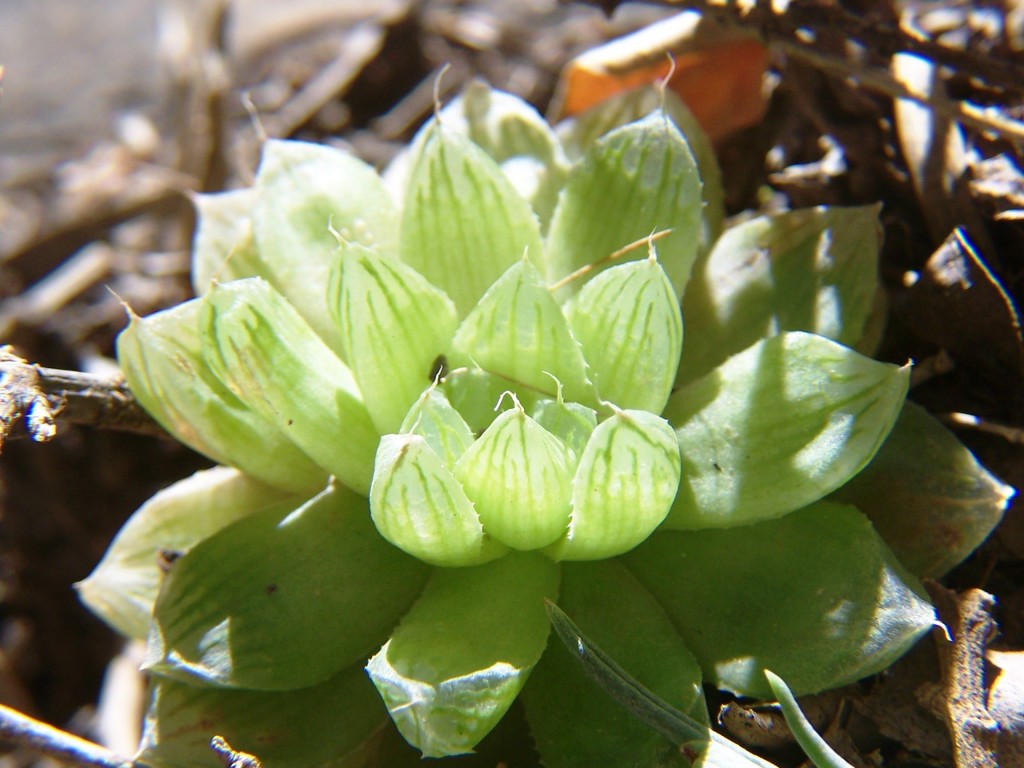
Fig.3a MBB7634.2 H. cooperi cf cymbiformis. Glen Avon Falls. 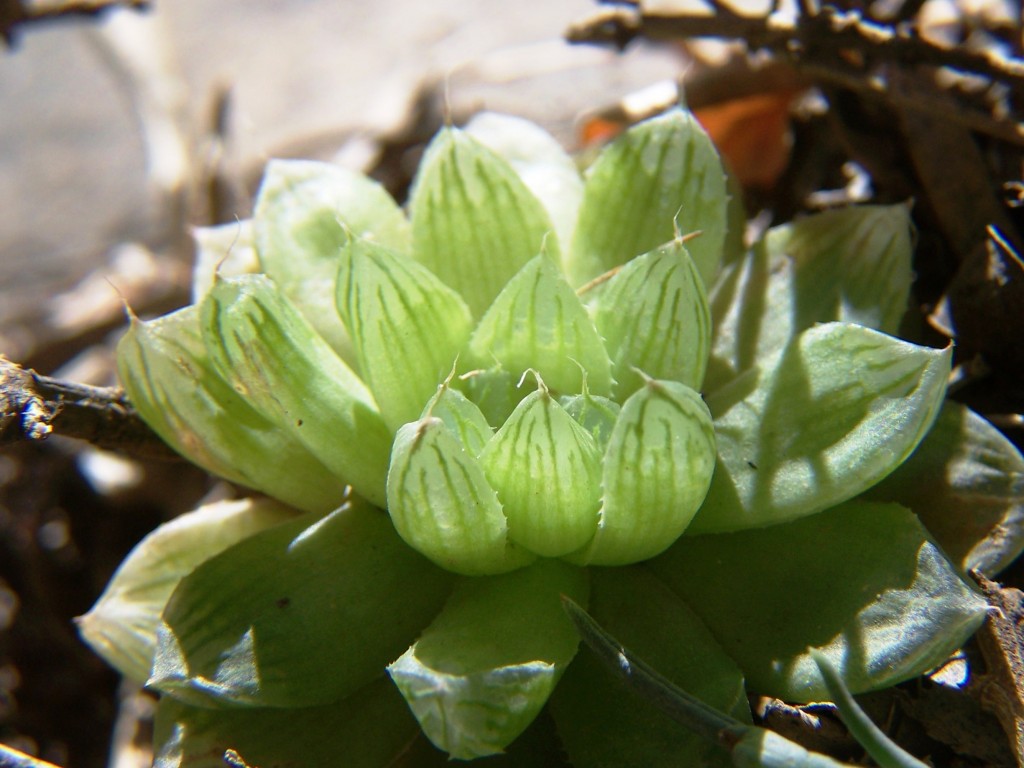
Fig.3b MBB7634.2 H. cooperi cf cymbiformis. Glen Avon Falls. 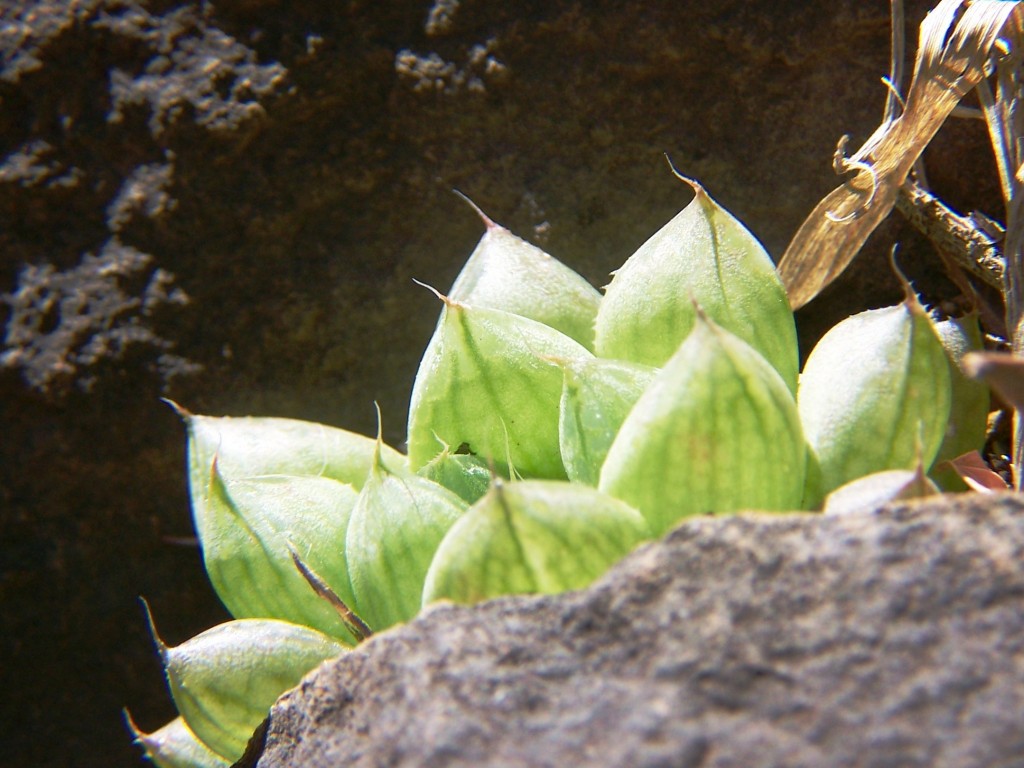
Fig.4a MBB7634.3 H. cooperi cf cymbiformis. Glen Avon Falls. 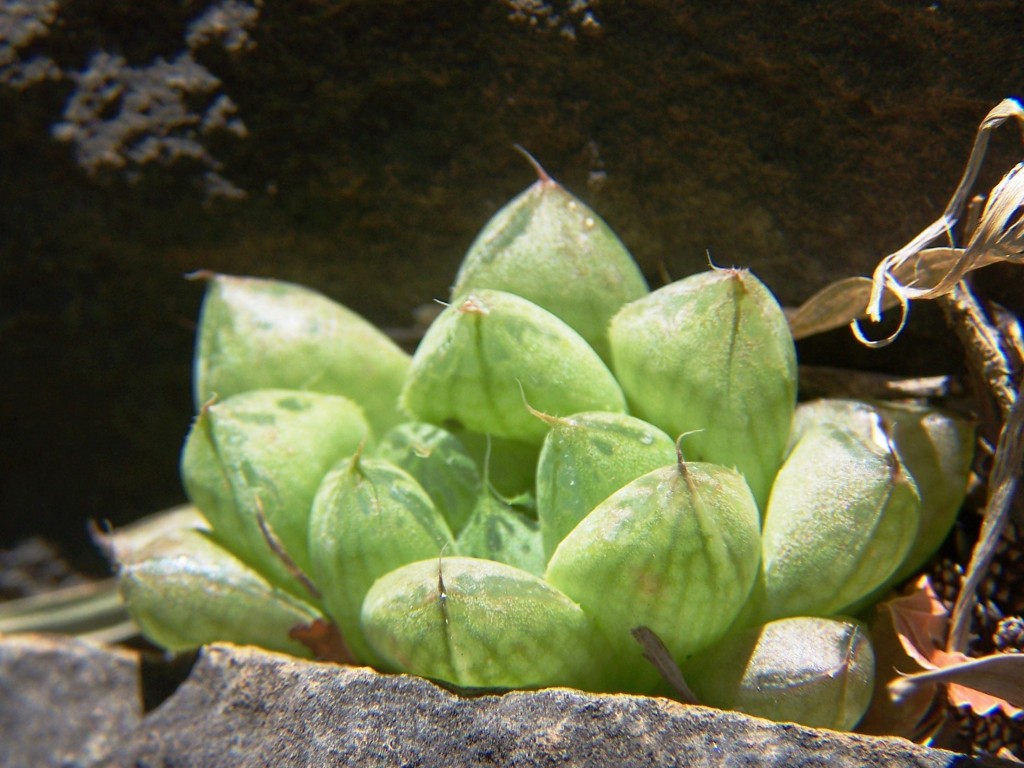
Fig.4b MBB7634.3 H.cooperi cf cymbiformis. Glen Avon Falls. 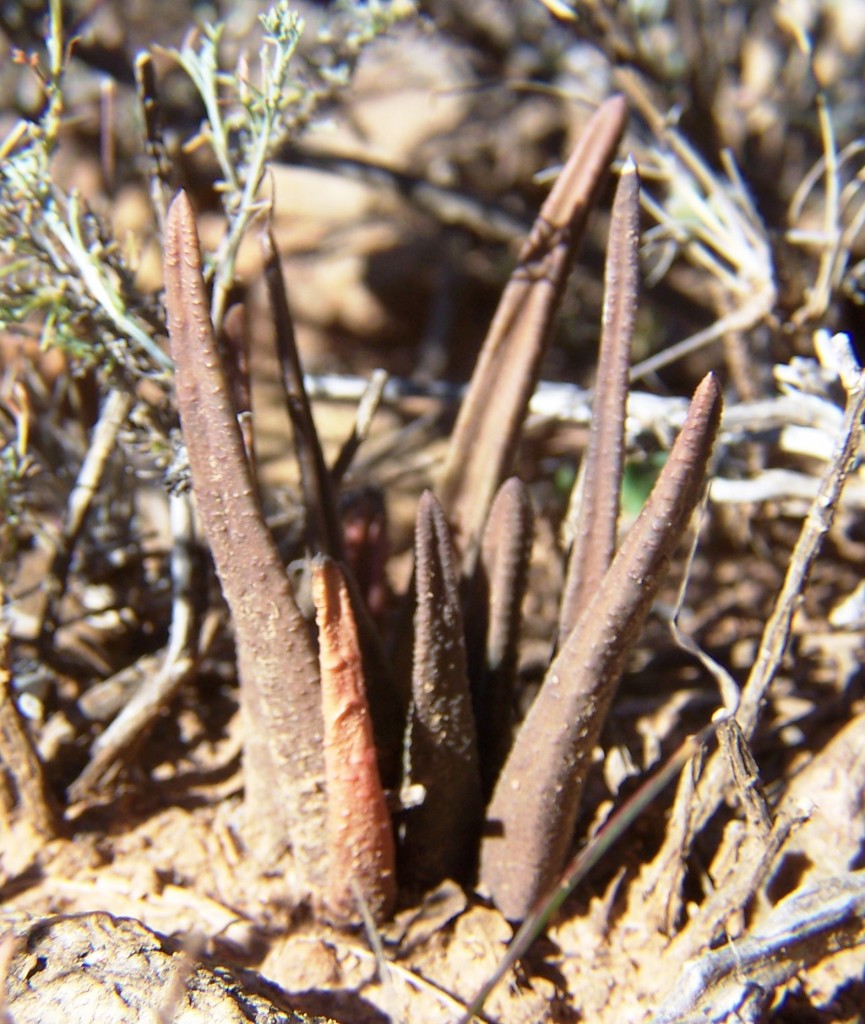
Fig.5 MBB7635 H. sordida. Swartkop, Kaboega. 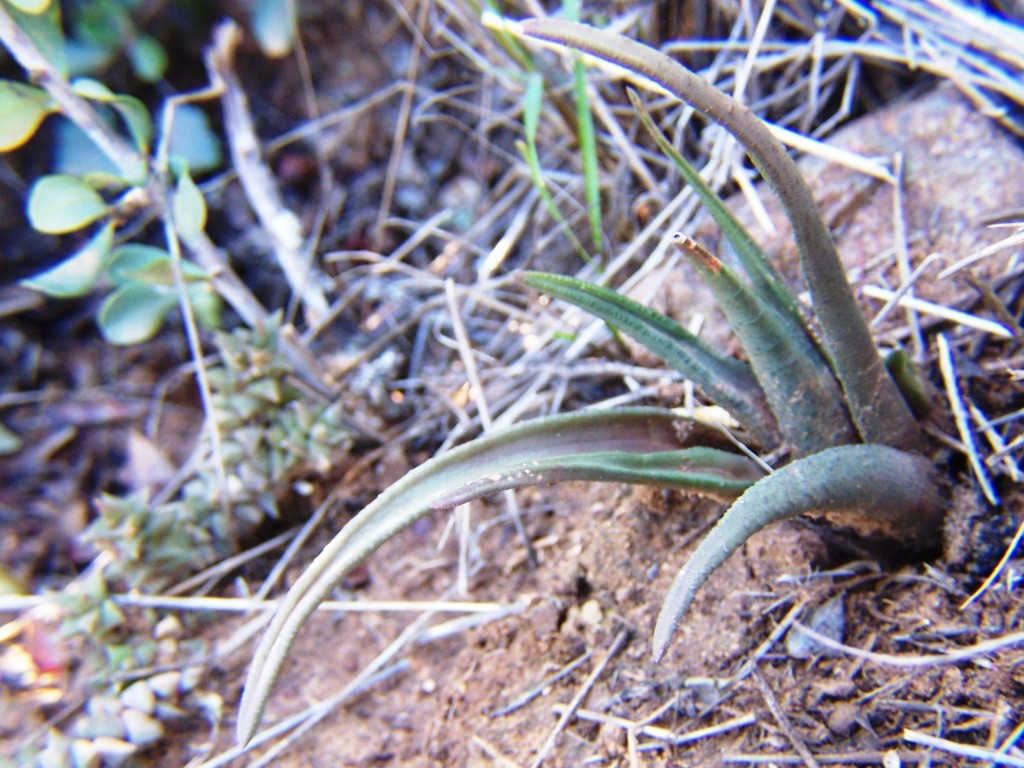
Fig.6 MBB7635 H. sordida. Swartkop, Kaboega. 
Fig.7 MBB7635 H. sordida. Swartkop, Kaboega. 
Fig.10 MBB7636 H. cooperi cf cymbiformis. N Swartkop, Kaboega.
